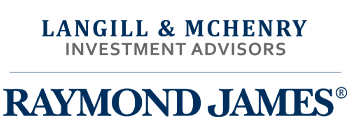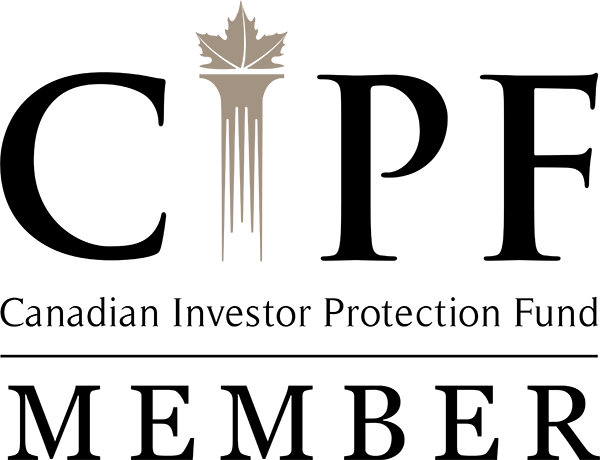Key Financial, Legal, and Tax Tips for Americans Moving to Canada
As a licensed cross-border financial advisor, I frequently assist Americans preparing for a move to Canada. Lately, I have seen, and helped, a surge of Americans looking to move up north. This high-level guide outlines the key financial, tax, and legal considerations to help simplify the transition.
1. Before You Move
Immigration & Residency
❒ Apply for a Canadian visa, work permit, or permanent residency.
❒ Arrange long-term housing and gather essential documents (tax returns, bank/investment records, ID).
U.S. Tax Obligations
❒ U.S. citizens must continue filing U.S. tax returns (Form 1040) while living abroad.
❒ Review the U.S.-Canada tax treaty to avoid double taxation.
❒ Evaluate whether renouncing U.S. citizenship makes sense — a complex legal/tax decision with potential exit taxes.
Banking & Investments
❒ Many U.S. investment firms limit services to non-residents. Consult a cross-border advisor to manage accounts.
❒ Review IRAs, 401(k)s, and brokerage accounts to determine portability and contribution rules.
❒ Open Canadian bank accounts; use cost-effective FX platforms for currency exchange.
Estate & Legal
❒ Update wills, powers of attorney, and health directives to reflect Canadian law.
❒ Align beneficiary designations and estate plans across both countries.
2. Upon Arrival in Canada
Residency Setup
❒ Apply for a Social Insurance Number (SIN) and provincial health coverage.
❒ Exchange your U.S. driver’s license and register your vehicle locally.
❒ Establish Canadian residency through housing, employment, and community ties.
Tax Compliance
❒ File a Canadian tax return (T1) starting from your date of entry.
❒ Continue filing U.S. returns (Form 1040, FBAR, FATCA) annually.
Investments
❒ Avoid Canadian mutual funds and ETFs, often considered Passive Foreign Investment Corporations (PFICs) under U.S. tax law.
❒ Structure your portfolio with U.S.-compliant assets in both countries.
3. Ongoing Responsibilities
Annual Filings
❒ File both Canadian (T1) and U.S. tax returns with proper foreign asset disclosures.
❒ Use the Foreign Tax Credit (Form 1116) or FEIE (Form 2555) to reduce double taxation — the credit is typically more effective in Canada.
Retirement & Investments
❒ Use RRSPs for retirement savings (recognized under the treaty).
❒ Avoid U.S. IRA contributions unless you have eligible U.S. income.
Estate & Reporting
❒ Coordinate your estate plan across both jurisdictions.
❒ File forms like T1135, FBAR, and 8938 to report foreign financial assets and avoid penalties.
This is a high-level overview. If you or someone you know is moving, working, or inheriting assets across the Canada–U.S. border, I’d be happy to provide personalized guidance and resources to simplify the journey.

Adam McHenry, CFA®, MBA®
Portfolio Manager, Raymond James Ltd.
T: 416.901.6500 | F: 416.901.9600
Adam.McHenry@raymondjames.ca
raymondjames.ca/langillmchenry

© 2025 Raymond James Ltd. All rights reserved.
Raymond James Ltd. is an indirect wholly-owned subsidiary of Raymond James Financial, Inc., regulated by
the Canadian Investment Regulatory Organization (CIRO) and a member of the Canadian Investor Protection Fund.




